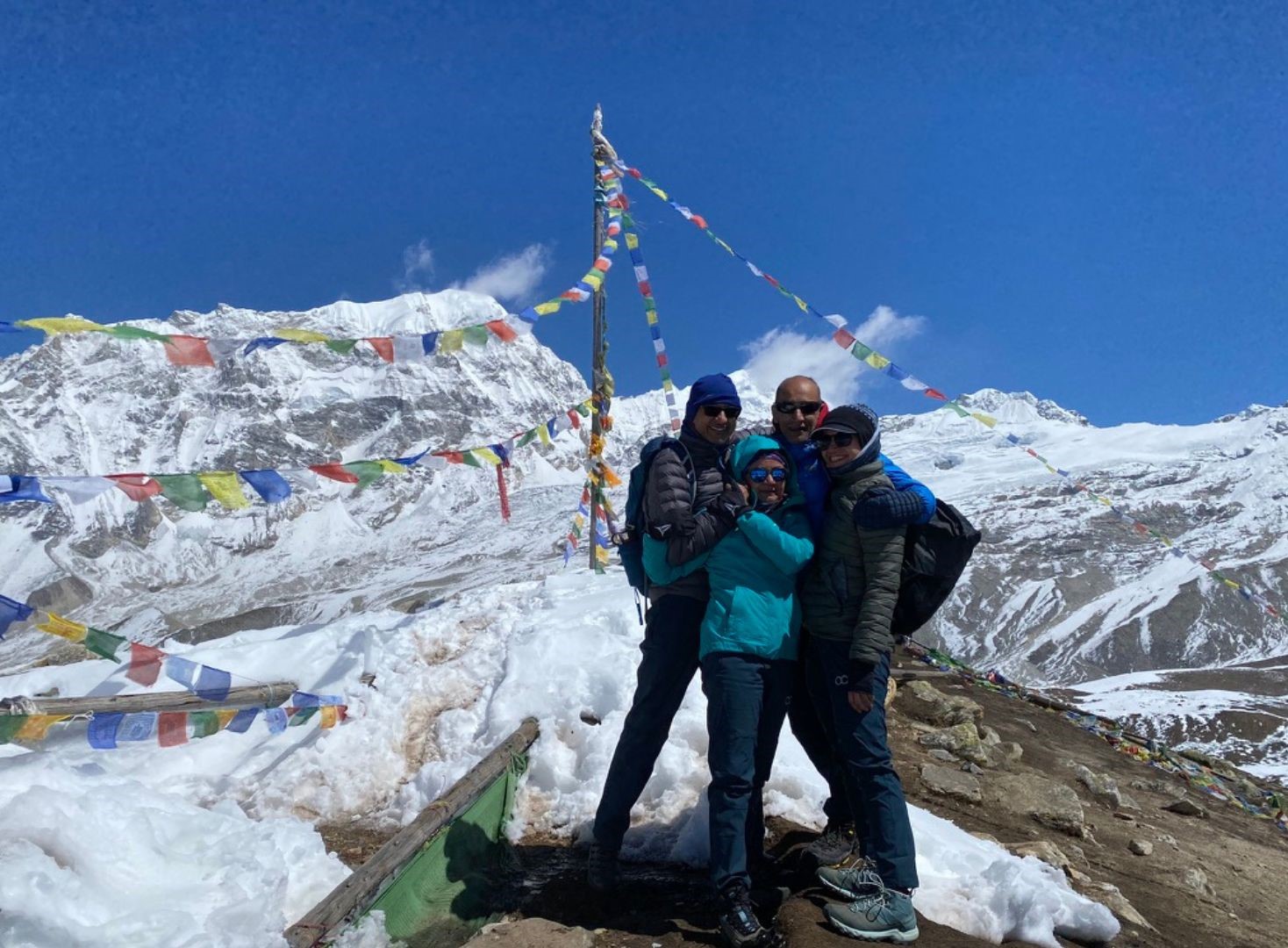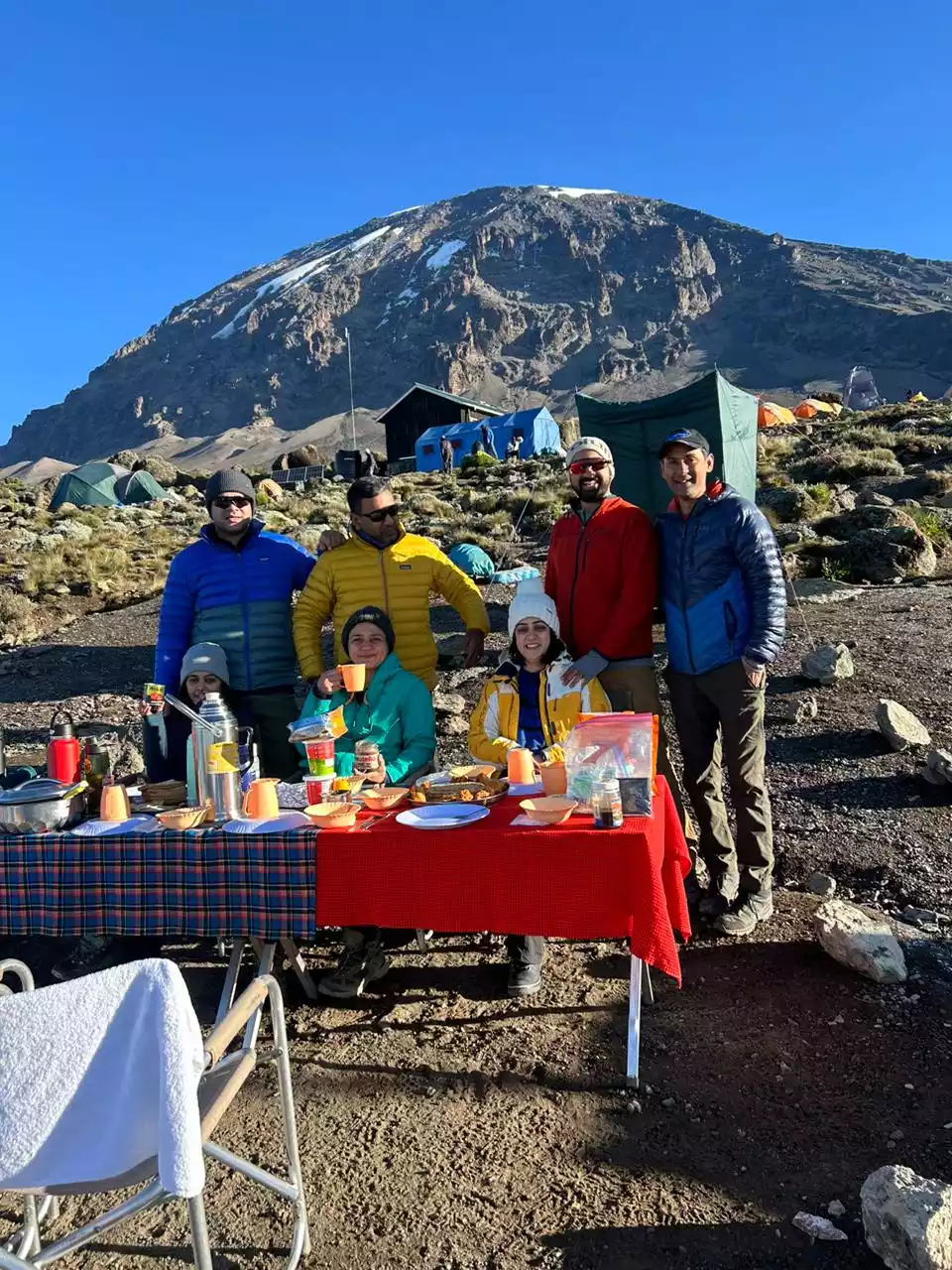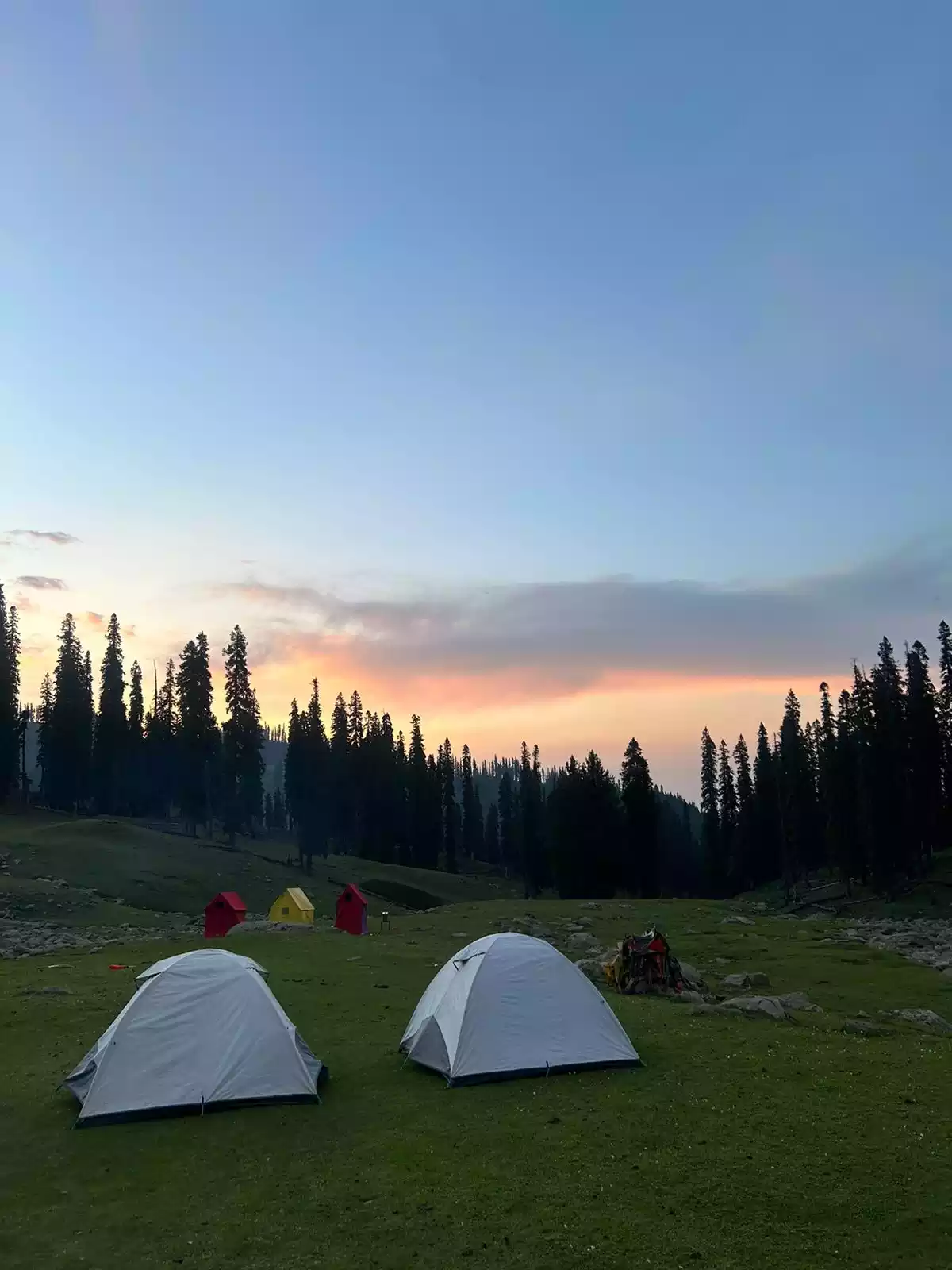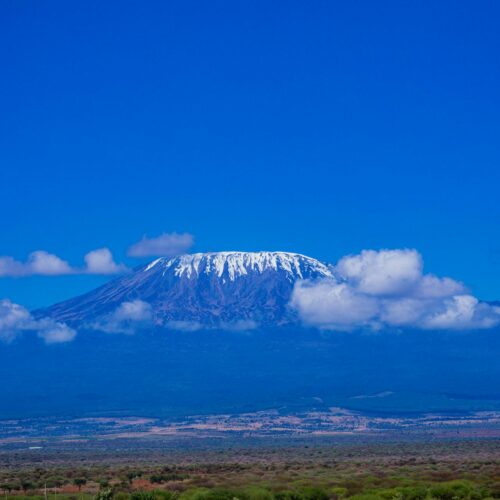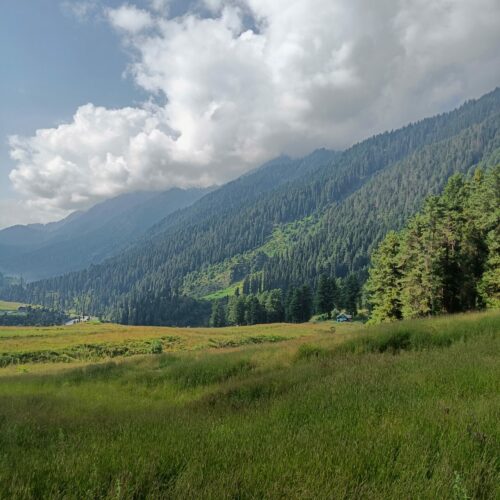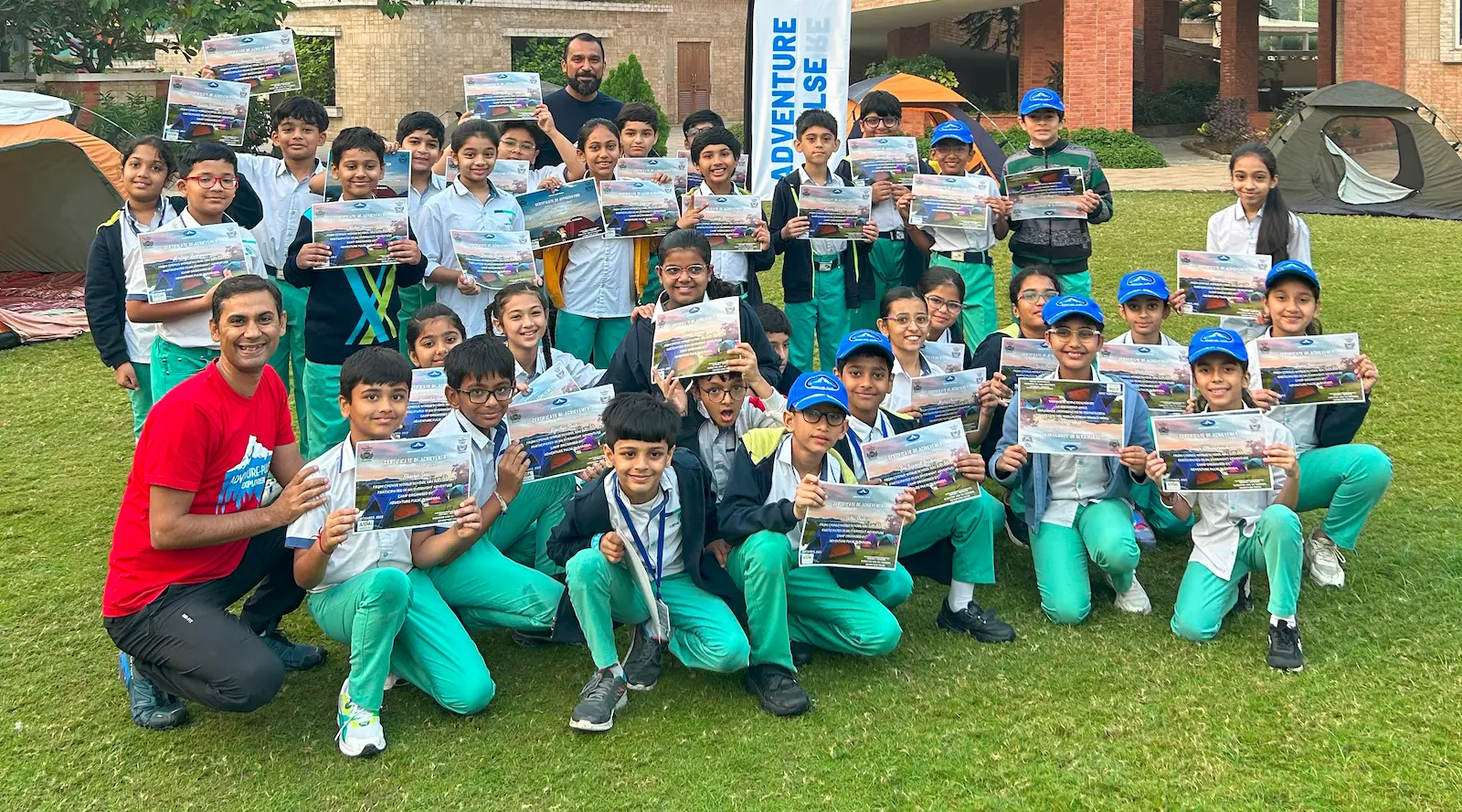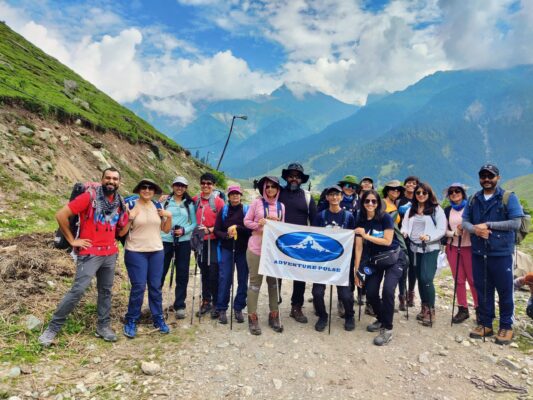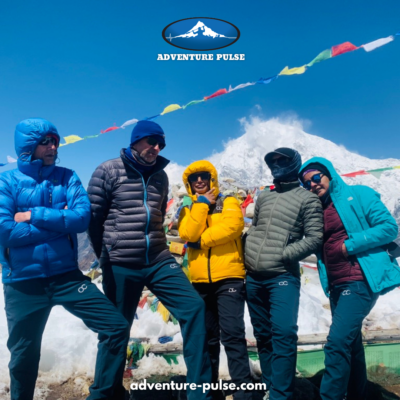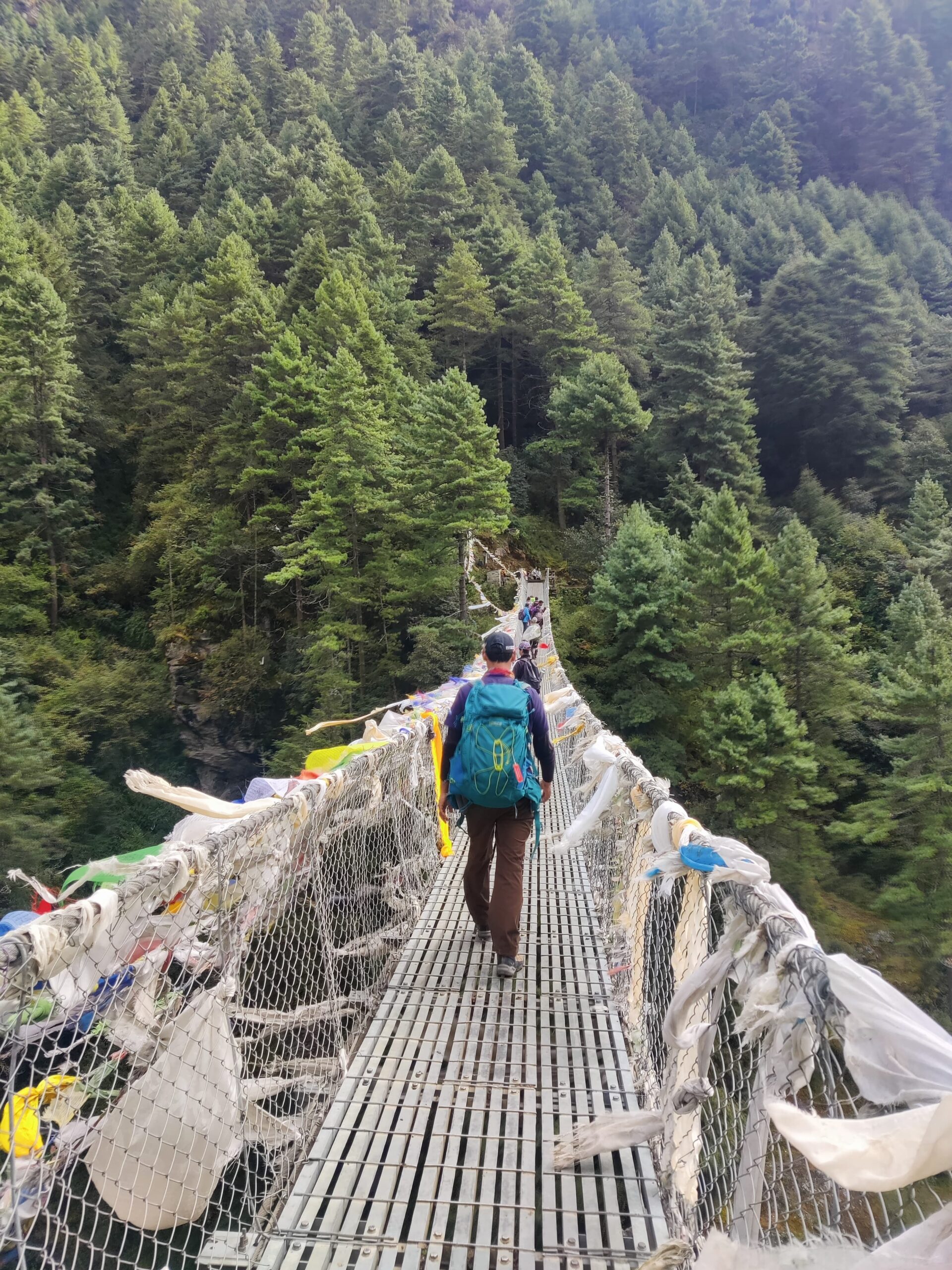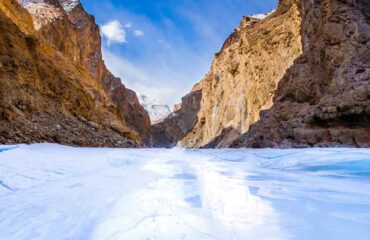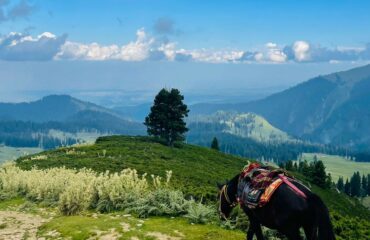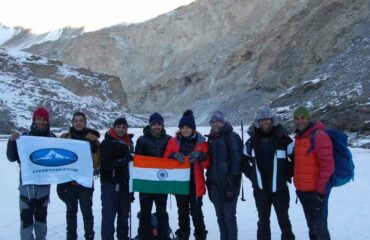
“Exploring the beautiful Langtang valley Nepal – A trekking experience that changed my life forever..”
I had always heard Nepal is called a ‘trekker’s paradise’ and wondered what made it so special. But once I experienced trekking there myself, all my questions were answered. Nepal truly offers something for everyone—whether you’re a beginner, an experienced hiker, or a seasoned adventurer.
For me, Nepal was an unforgettable experience. I witnessed the majestic Himalayas, soaked in its spiritual atmosphere, tasted delicious local food, and experienced the warm hospitality of the Nepalese people. The Hindu and Buddhist cultures are evident everywhere. Famous treks like the Annapurna Circuit, Everest Base camp etc. are just a few examples of the adventures Nepal has to offer.
Langtang Valley Nepal – An Introduction
When I decided to go for a trek in Nepal, there were many places in mind and choosing one out of those was difficult. But then I came across a post on Adventure Pulse’s Instagram page and for some reason its description stuck with me. I did my research, spoke to the team and eventually decided to give this “off-beaten” place a try! Let me tell you in detail, what made me choose this stunning Adventure and what my experience on the Langtang Valley Nepal trek was like.
The Langtang Valley Trek is located to the North of Kathmandu, near the border with Tibet. This area is protected as a National Park, which makes it even more special. I found the region’s beauty captivating, from the stunning Himalayan landscapes to the unique Tamang culture. The trek itself is moderate, making it suitable for trekkers of all levels.
How did we reach Langtang valley Nepal?
We all met the Adventure Pulse team in Thamel, Kathmandu where we stayed overnight at a hotel. This place was lovely and so was the team. We had a team briefing in the evening, started to get to know each other and did some last minute shopping in the Thamel market. We were expected to leave Kathmandu early in the morning, so I decided to doze off early and called it a day!
The start point of Langtang valley trek is a small village called Syabrubesi. Reaching Syabrubesi from Kathmandu is relatively easy. The journey takes about 7-8 hours by road, covering a distance of around 120 km. Our trek leader had mentioned it was going to be beautiful drive along the Prithvi and Pasang Lhamu Highway and he couldn’t be more right. Our vehicle drove through terraced fields, villages, and the Trishuli River valley, which was indeed a stunning sight.
Though we got very lucky on our drive to Syabrubesi, the journey can sometimes be delayed due to bad weather or the single-lane road. I would recommend avoiding the monsoon season, as the roads can be slippery and prone to landslides.
About the Langtang Valley Nepal
The Langtang Valley trek offered breathtaking views of the mountains, complemented by a rich variety of flora and fauna. On each day of our journey, we felt as though the canvas was constantly changing colors, and it would just get more beautiful and unreal with each passing day. We spotted red pandas, Himalayan bears, and numerous bird species along the way. While we weren’t lucky enough to see a snow leopard, I learned that Langtang Valley is home to several of them.
Our journey was a spectacular adventure through forgotten villages and monasteries that felt almost untouched by time. The trek also gave me the opportunity to immerse myself in the warm hospitality and unique culture of the Tamang people. I was always fascinated by the locals in this country and being able to exchange stories with them was one of the biggest takeaways I had from the trek.
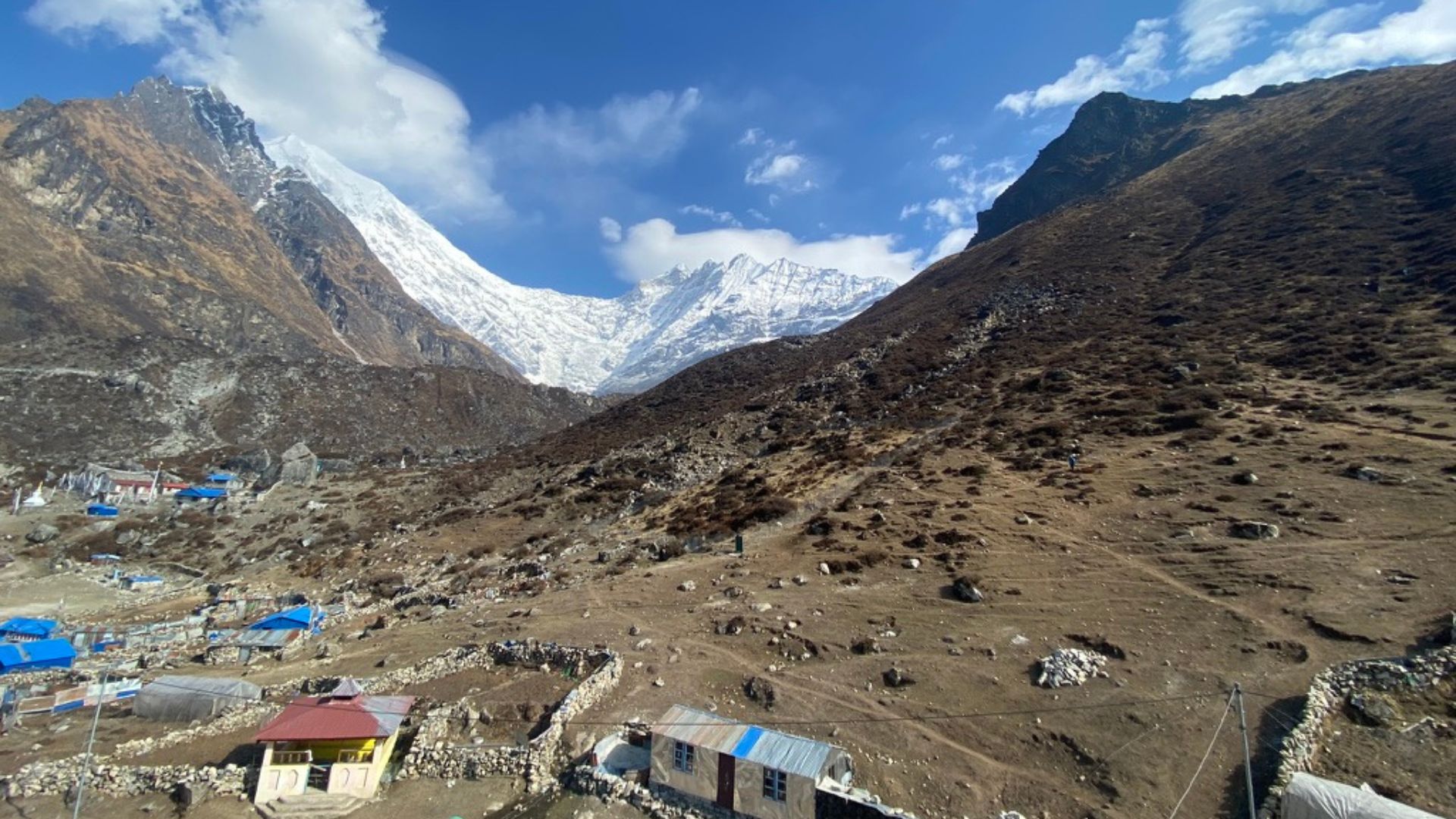
Highlights of my journey
The Langtang Valley Trek is full of highlights. Here are a few of my favorites:
- Wildlife and Nature: The trek starts with breathtaking views of snow peaks and scenic landscapes. As I ventured through Langtang National Park, I saw rare wildlife like red pandas, snow leopards, wild dogs, and musk deer. The park also conserves endangered plants and animals, which I appreciated.
- Gosainkunda Lakes: These sacred lakes are a place of worship for both Hindus and Buddhists. I visited a total of 108 ponds, each with its own spiritual significance. The lakes sit atop a hill, with stunning views of the surrounding mountains.
- Tserko Ri Viewpoint: The hike to Tserko Ri was a highlight. From the summit, I saw the Tibetan Himalayan ranges, including Shishapangma, the world’s 14th highest peak.
- Kyanjin Gompa: This small village at the end of the trek is home to an ancient Buddhist monastery. The local community runs a small cheese factory, where I tasted the best yak cheese. The village also offers excellent photo opportunities, with panoramic views of the surrounding peaks.
The Tamang people, with their distinct culture, were another fascinating part of the trek. I learned about their way of life, their language, and their customs.
Accommodation and Food
Our accommodations in Langtang Valley were incredibly heartwarming. We stayed in mountain houses made of wood, stone, and clay, which added to the rustic charm of the place. The tea houses were cozy, with twin-sharing rooms and some even had attached washrooms. In some of them, we were lucky enough to enjoy a hot water shower if we wanted, which felt like a luxury after a long day of trekking. Though the facilities were basic, they were more than sufficient, and each tea house had a warm dining area where we gathered to relax.
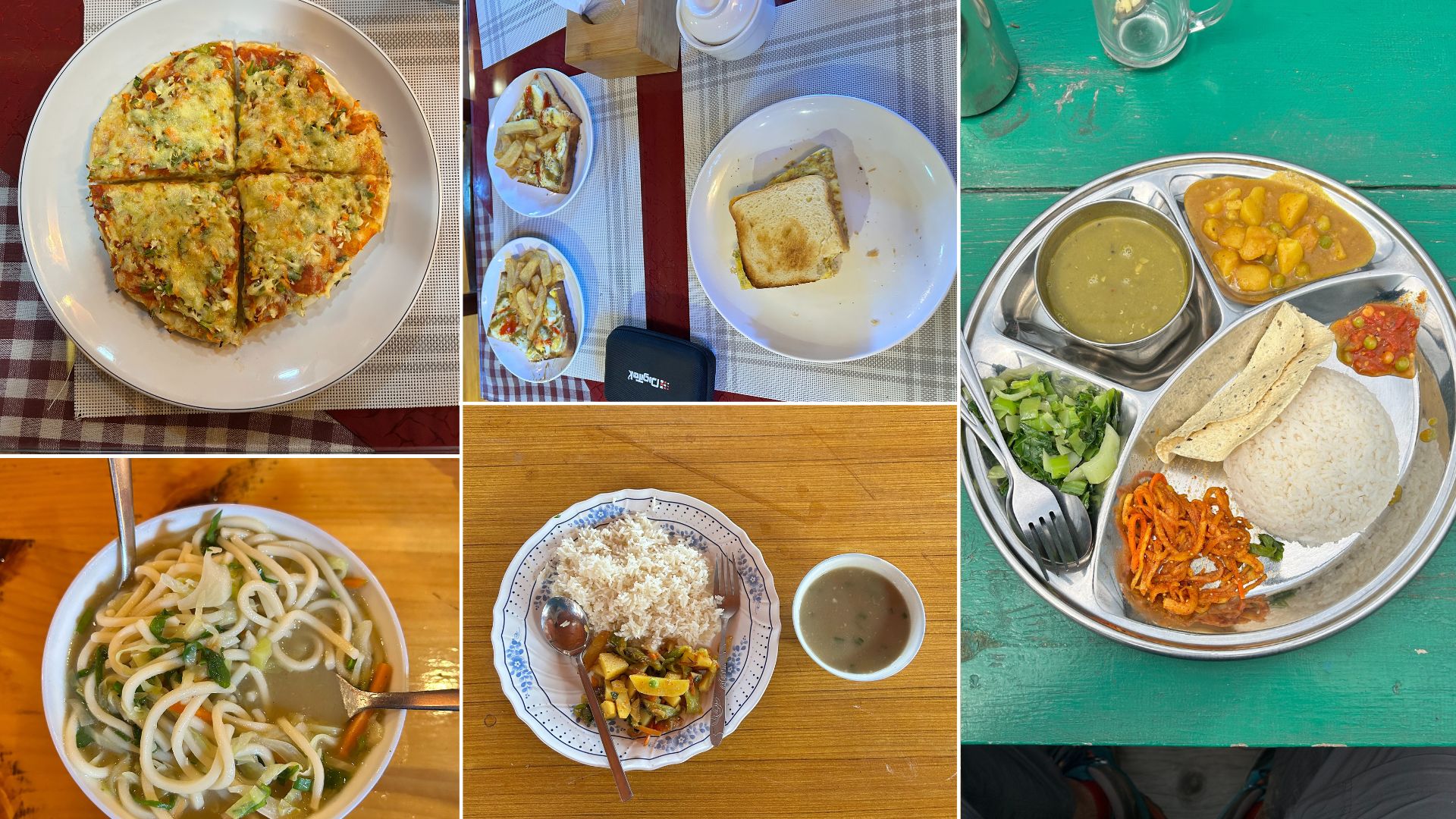
The dining of the tea house was usually where we would all sit together and chill. We’d play card games, Dumb Charades and others games for the rest of the evening and then have dinner together. Post dinner, we would have a team briefing about what was in store for us the next day!
The food was simply delicious. We enjoyed hearty servings of Dal Bhat, a traditional Nepali dish, and other nourishing meals like thukpa, yak milk tea, soupy noodles, and momos. Despite being in such a remote area, the food was always fresh, nutritious, and full of flavor. The warmth of the people and the meals they served made us feel at home, even high up in the mountains.
The Trail Experience
The Langtang Valley trail is a blend of diverse landscapes. As I mentioned, we began our journey in Syabrubesi, a small village surrounded by terraced fields. From there, we trekked through a dense forest of pine, oak, and rhododendron. Along the way, the soothing sound of the Langtang Khola River accompanied us.
In the more remote areas, we spotted red pandas and langurs. The trek was also dotted with suspension bridges, each draped in colorful prayer flags. As we crossed these bridges, we were treated to breathtaking views of the river below and the surrounding hills.
As we climbed higher, the landscape shifted. The lush green forests gradually gave way to rocky, barren terrain. The final stretch toward Kyanjin Gompa was particularly steep, with rocky paths and moraine sections that tested our stamina. But with the immense support of the Adventure Pulse team, the entire trail was a pleasant experience for us despite its challenges.
Landscape and views
The views along the Langtang Valley Trek were nothing short of mesmerizing. Rhododendron forests, crystal-clear rivers, waterfalls, and oak trees greeted us at every turn. As we ascended, we saw yak grazing peacefully in the alpine meadows, passed through stone villages, and were constantly awestruck by the towering snow-capped peaks. Langtang Lirung, with its majestic glaciers, seemed to dominate the horizon, offering a constant reminder of nature’s grandeur.
When we reached Kyanjin Gompa, our final stop, we were treated to panoramic views of the valley, lakes, and surrounding peaks like Yala, Langshisha Ri, and Dorje Lapka. The sunrises and sunsets here were simply magical. The sky transformed into a canvas of red, orange, yellow, and blue, creating a stunning backdrop for photos and unforgettable memories.

Communities and Local Culture
Langtang Valley’s culture was deeply influenced by Tibet, and this was evident in both the architecture and daily life. We passed numerous Mani walls inscribed with Buddhist prayers and stupas along the trail. The chanting of mantras and the presence of prayer wheels at Kyanjin Gompa added a peaceful, spiritual element to our journey.
The Tamang people, who call this valley home, welcomed us with open arms. Their stone-and-wood houses, adorned with colorful prayer flags, made us feel at ease. The Tamang community primarily practices agriculture and animal husbandry, especially yak herding. One of the highlights of our trip was tasting yak cheese, which was absolutely delicious.
Despite the devastating impact of the 2015 earthquake, the resilience of the people in Langtang Valley was truly inspiring. They rebuilt their homes with determination and continued to welcome trekkers with the same warmth and hospitality. Spending time with the locals added incredible depth to our experience, as we listened to their stories of struggle, recovery, and hope. It made our trek not just a journey through the mountains, but a journey through the heart of a resilient community.
Is the Langtang Valley Nepal worth your time ?
Absolutely! The Langtang Valley Trek is more than just a physical journey through stunning landscapes; it’s an enriching experience that connects you deeply with nature, culture, and the resilient spirit of the people who live there.
On one hand, the trek offers breathtaking views of snow-capped peaks, forests, crystal-clear rivers, and sacred lakes. On the other, the cultural experience is just as remarkable. The warm hospitality of the Tamang people, their deep-rooted Tibetan culture, and the peaceful atmosphere of the monasteries provide a rich and immersive experience. Whether it’s tasting yak cheese, exchanging stories with locals, or visiting sacred sites, you’ll gain a deeper understanding of life in the Himalayas.
What truly sets the Langtang Valley Trek apart is its perfect balance of adventure and reflection. It’s challenging but rewarding, offering an opportunity immerse yourself on a spiritual journey. Despite the difficulties, the beauty of the valley and the kindness of the people make every step worth it.
So, if you’re looking for a trek that combines natural beauty, culture, and personal growth, the Langtang Valley Trek is undoubtedly worth your time. It’s an experience that will stay with you long after you return home.
